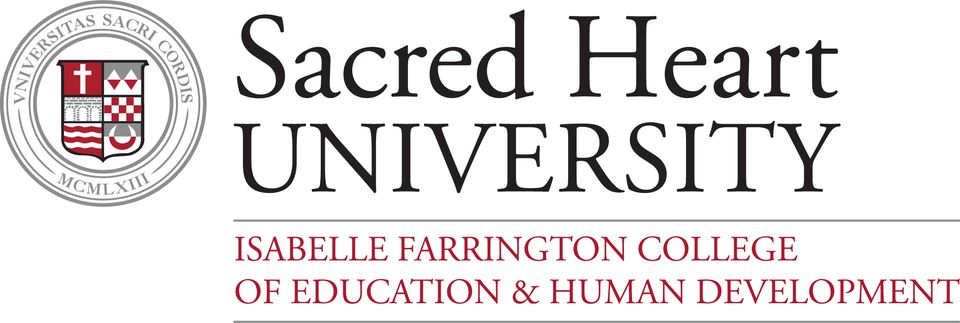Document Type
Article
Publication Date
2013
Abstract
The Virtual Learning Network (VLN) provides schools, particularly those in rural and remote areas, with the opportunity to cooperate to expand curricular offerings for their students. Each school that participates in a VLN cluster contributes at least one course delivered by an e-teacher, allowing member schools access to any course offered through the VLN that they cannot offer locally. At present, there is no formal national training for the e-teachers, although individual clusters offer a range of training opportunities. This case study focused on the e-teachers’ perceptions of the learning curve required for them to be adequately and effectively prepared to teach in the virtual environment. Results indicated that the experiences of e-teachers in this new learning environment were positive, but still embedded in the norm of a school. Further, e-teachers desired professional development beyond learning how to use the technology, but wanted more assistance in developing their pedagogy to work in the online environment. It is recommended that VLN cluster administration, and the Ministry of Education, provide a range of professional development opportunities in a variety of formats. The focus of this professional development should move beyond the technological tools and focus on how to use those tools in a virtual learning environment.
Recommended Citation
Barbour, Michael K. and Bennett, Carolyn, "The FarNet Journey: Effective Teaching Strategies for Engaging Māori Students on the Virtual Learning Network" (2013). Education Faculty Publications. 69.
https://digitalcommons.sacredheart.edu/ced_fac/69
Included in
Educational Assessment, Evaluation, and Research Commons, Educational Methods Commons, Elementary and Middle and Secondary Education Administration Commons, Teacher Education and Professional Development Commons




Comments
Originally published:
Barbour, Michael K. "The FarNet Journey: Effective Teaching Strategies for Engaging Māori Students on the Virtual Learning Network." Journal of Open, Flexible, and Distance Learning 17.1 (2013): 12-23.